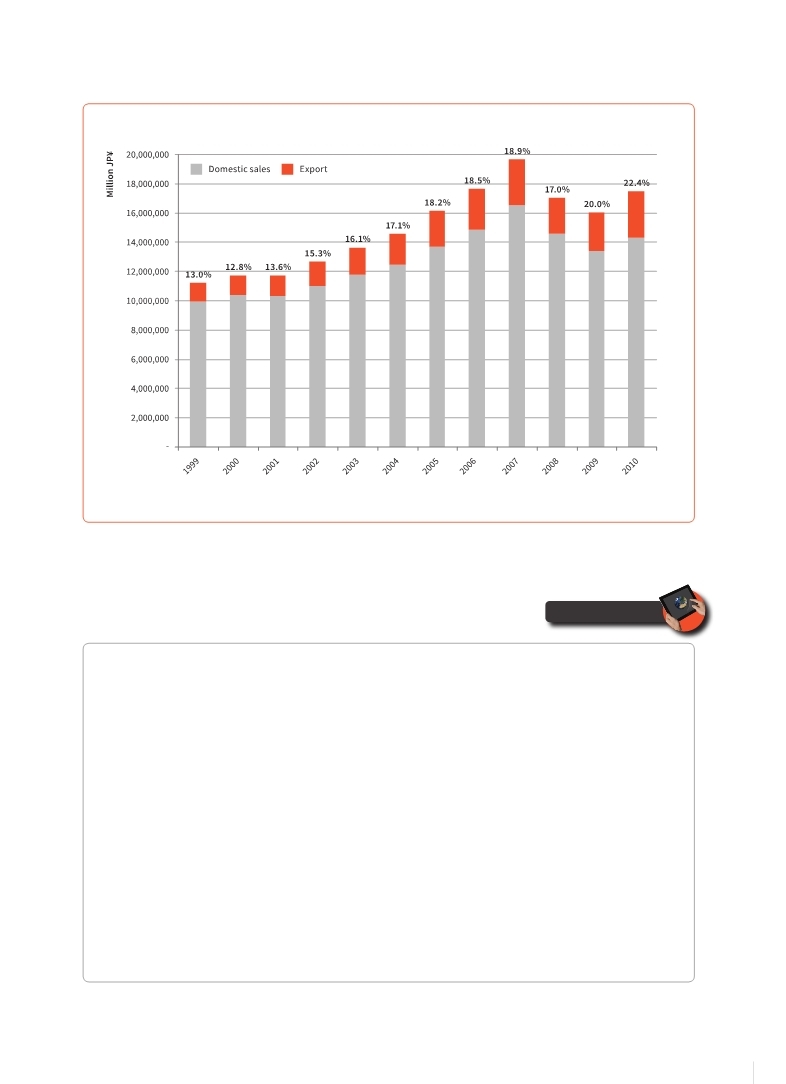 |
Global Assessment Report on Disaster Risk Reduction 2013
From Shared Risk to Shared Value: the Business Case for Disaster Risk Reduction |
 |
Global Assessment Report on Disaster Risk Reduction 2013
From Shared Risk to Shared Value: the Business Case for Disaster Risk Reduction |
|
|


|

48
Part I - Chapter 2
(Source: UNISDR)
Box 2.1 Port cities with high exposure and vulnerability to climate extremes
Maritime transport handles over 80 percent of the volume of global trade and accounts for over 70 percent of its value. Since 1970, global seaborne trade has expanded by an annual average of 3.1 percent and has doubled in the last 30 years (UNDESA, 2012
UNDESA (United Nations Department of Economic and Social Affairs). 2012.,World Urbanization Prospects: The 2011 Revision Highlights., United Nations publication., New York,USA.. . Port cities are a vital nexus in global supply chains. In 2005, 13 of the 20 most populated cities in the world were port cities. Many of these are exposed to flooding and storms. An analysis of a sample of 136 port cities with populations of more than 1 million highlighted that currently North America has the highest volume of exposed economic assets and Asia the largest proportion of exposed population (Nicholls et al., 2008
Nicholls, R., Hanson, J., Herweijer, C., Patmore, N., Hallegatte, S., Corfee-Morlot, J., Château, J. and Muir-Wood, R. 2008.,Ranking Port Cities with High Exposure and Vulnerability to Climate Extremes: Exposure Estimates., OECD Environment Working Papers, No.1, OECD Publishing., Paris,France. . Owing to economic and urban growth, natural and artificial subsidence, sea level rise and climate change, this exposure is likely to increase dramatically, particularly in low and middle-income countries. Whereas the estimated exposure of economic assets is expected to increase from US$416 billion in Miami, United States of America, in 2005 to US$3,513 billion in 2070, in Mumbai, India, asset exposure would increase from US$46 billion to US$1,598 billion, and in Guangzhou, China, from US$84 billion to US$3,557 billion (Nicholls et al., 2008
Nicholls, R., Hanson, J., Herweijer, C., Patmore, N., Hallegatte, S., Corfee-Morlot, J., Château, J. and Muir-Wood, R. 2008.,Ranking Port Cities with High Exposure and Vulnerability to Climate Extremes: Exposure Estimates., OECD Environment Working Papers, No.1, OECD Publishing., Paris,France. . Low and middle-income countries are driving growth in global merchandise trade. For example, the share of low and middle-income countries in total global unloaded goods rose from 18 percent to 56 percent between 1970 and 2010 (UNCTAD, 2012
UNCTAD (United Nations Conference on Trade and Development). 2012.,World Investment Report 2012: Towards a New Generation of Investment Policies., New York and Geneva.,. . Rapid urbanisation
|



 |
